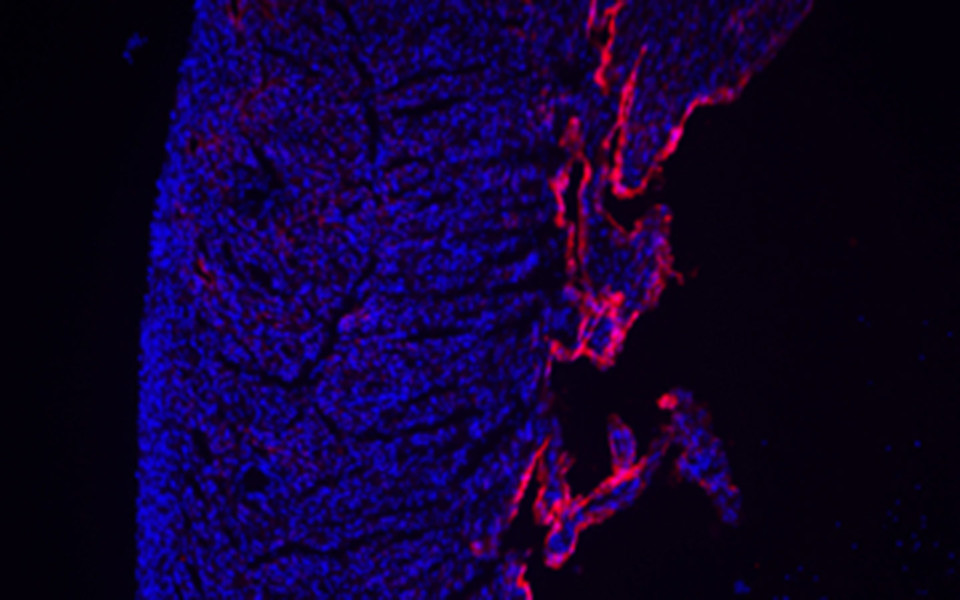What Two Sisters With a Rare Heart Condition Taught Doctors About Our Genes
Early in February of 2008, just days after she was born, Tatiana Legkiy lay in a cardiac intensive care unit, her tiny body hooked up to a respirator. After crying for two hours, she was now briefly quiet, the tube in her throat helping her breathe but also preventing her from making any sound.
Tatiana’s heart was failing. A cardiologist, tipped off by a pediatrician who heard something strange in a routine checkup, had examined her earlier that day and grown worried. He sent Tatiana to a nearby hospital in Modesto, California, where she remained for only an hour before being whisked eighty miles west by ambulance to the UCSF Benioff Children’s Hospital.
Tatiana’s parents arrived at the hospital shortly afterwards. At the time, Lana and Andrey Legkiy lived in Manteca, a city in California’s Central Valley. Andrey worked at an animal supply company; Lana stayed home and took care of their four-year-old daughter, Anna. Weekends found the the family outside together, camping or fishing in the Delta where the San Joaquin and Sacramento rivers flow into the ocean.
Even before Tatiana’s birth, the Legkiys knew medical hardship well. A year earlier Lana had suffered a miscarriage, losing an unborn child, a boy, in her third trimester. At the time, physicians had ascribed his cause of death to pulmonary hypoplasia, or incomplete development of the lungs.


